A team of Italian and Scottish scientists has unveiled the shocking results of their research about the Pyramids of Giza in Egypt, the 4,500-year-old wonder of the world. The team claims that there is a whole city buried under the tall Pyramids, roughly ten-fold larger than the Pyramids themselves, challenging the known history and very purpose of the Pyramids.
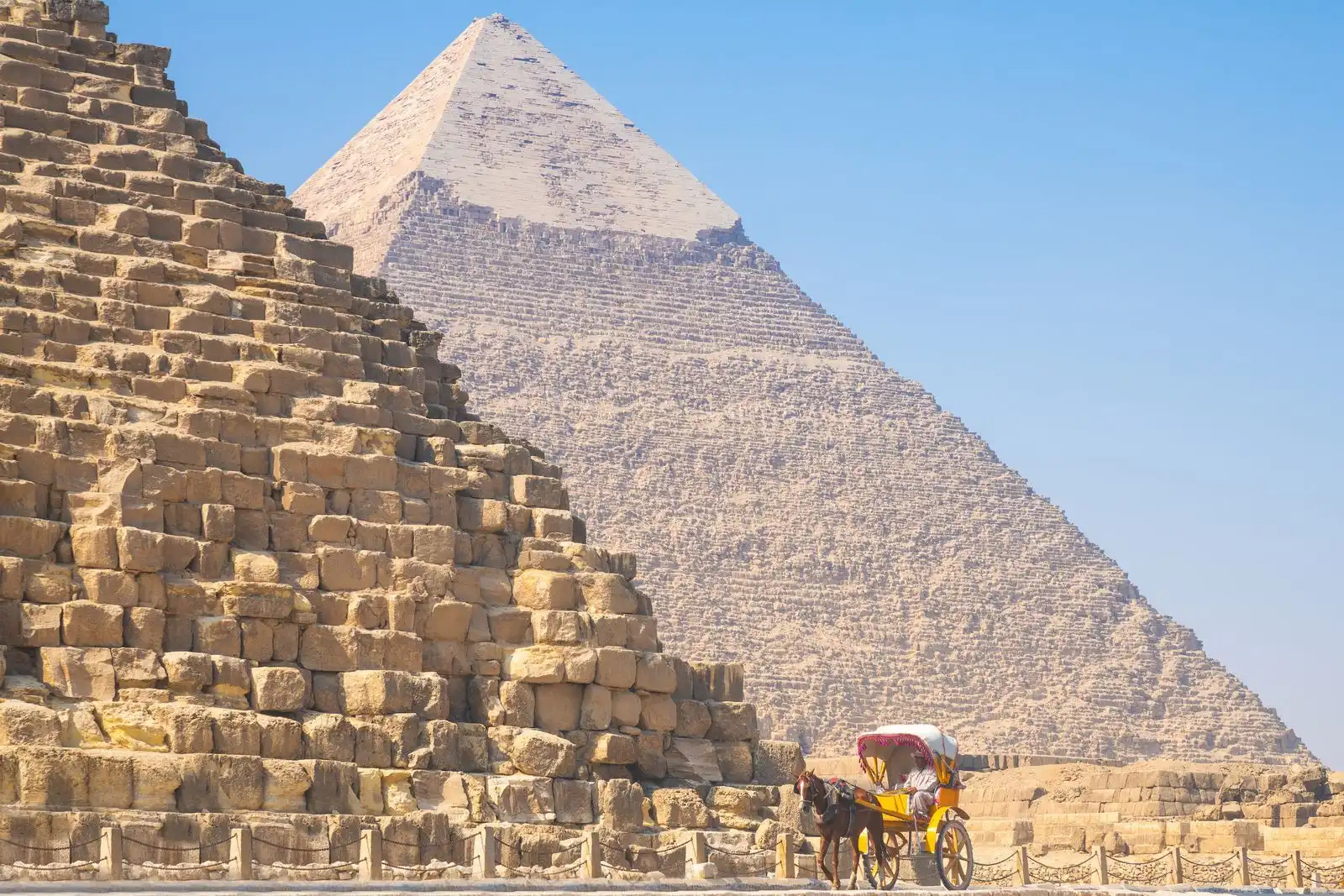
In an experimental research titled the Khafre Project, Corrado Malanga from the University of Pisa and Filippo Biondi from the University of Strathclyde led the project to discover the mysteries behind the second-largest and central Pyramid on the Giza Plateau, the Khafre Pyramid.
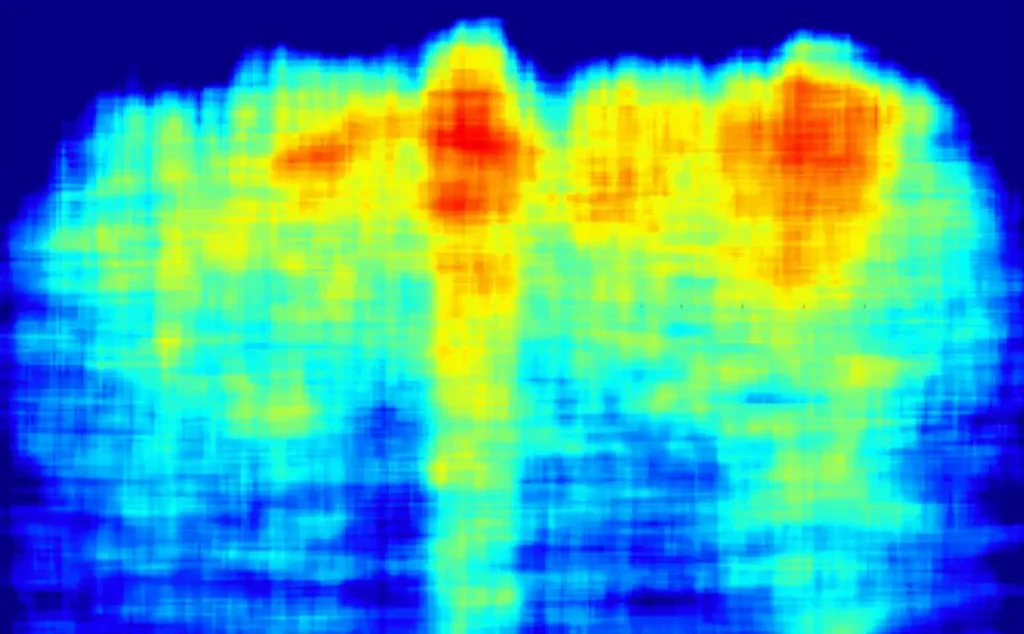
With the use of new cutting-edge Synthetic Aperture Radar technology, the researchers have taken archaeological exploration a step further. The scientists used Synthetic Aperture Radar (SAR) technology in the Khafre Project, which allowed them to find the underground structures without excavation and create their 3-D images, taking into account the satellite radar data and the tiny vibrations of seismic movements.
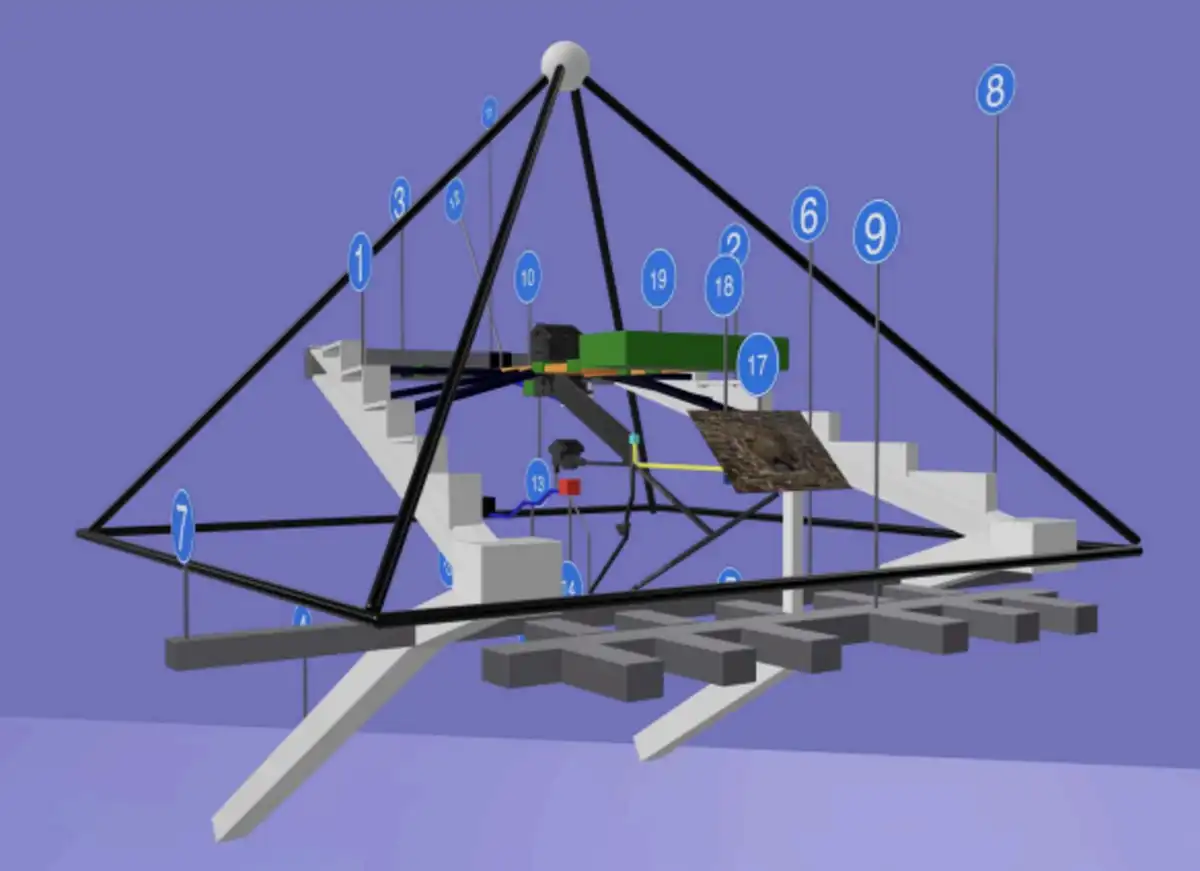
The team relied on two satellites 420 miles above the Earth in Outer Space, which captured the photographs of the pyramids and sent down electromagnetic signals. The research scientists turned these signals into phononic data, from which the team crafted an approximate 3D model and extracted images, breaking the secret of what existed beneath the Great Pyramids of Giza. These images were revealed to the world, which surfaced on the internet and flooded the social media pages in no time.
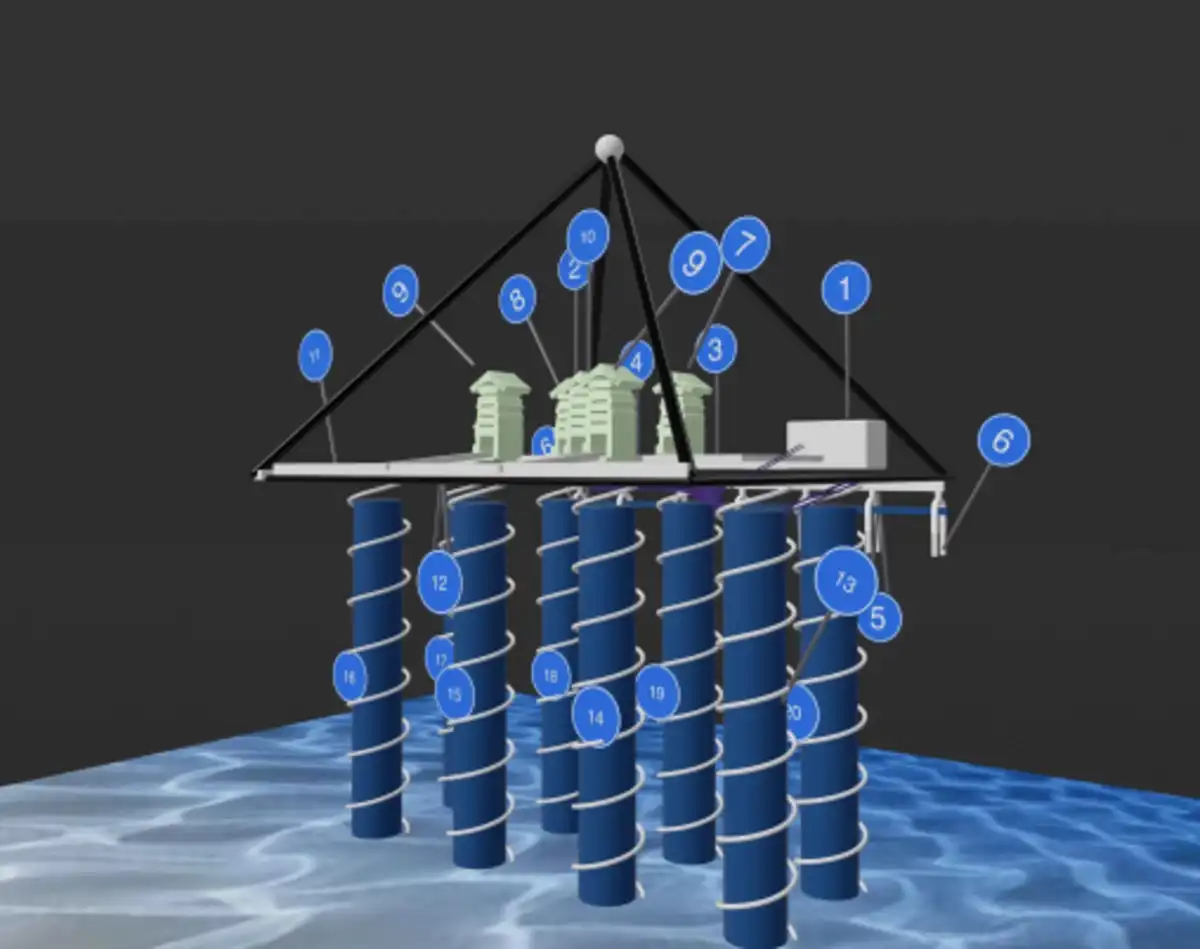
The scientists have identified eight tall vertical structures extending approximately 2,100 feet deep below grade and over 6,500 feet across under the pyramids, which they assume to be wells or shafts. They claim that a spiral pathway encircles the length of the shafts and connects to two 80-meter cube-shaped structures. The team has also found five multi-level structures in the center of the pyramid which were previously unknown to this world. Further, they revealed that one of the structures previously known to have housed the Pharoah’s tomb actually contained a sarcophagus.
Pyramids of Giza
The Pyramids of Giza, certainly an abode of secrets embodying unsolved puzzles, have always been subjects of speculation, provoking interest and paving the way for groundbreaking research and studies. Again, the recent study about the Pyramids of Giza has stirred controversy as some approve and acclaim the findings while others ignore and criticize them as baseless.
Dr. Zahi Hawass, a prominent archaeologist and Egypt’s former Minister of Antiquities, called out that the research was “completely wrong” and spread “fake news” as he accused the research, its methodology, and the tools involved neither scientifically approved nor validated, and claimed that update of using radar inside the pyramid is false.
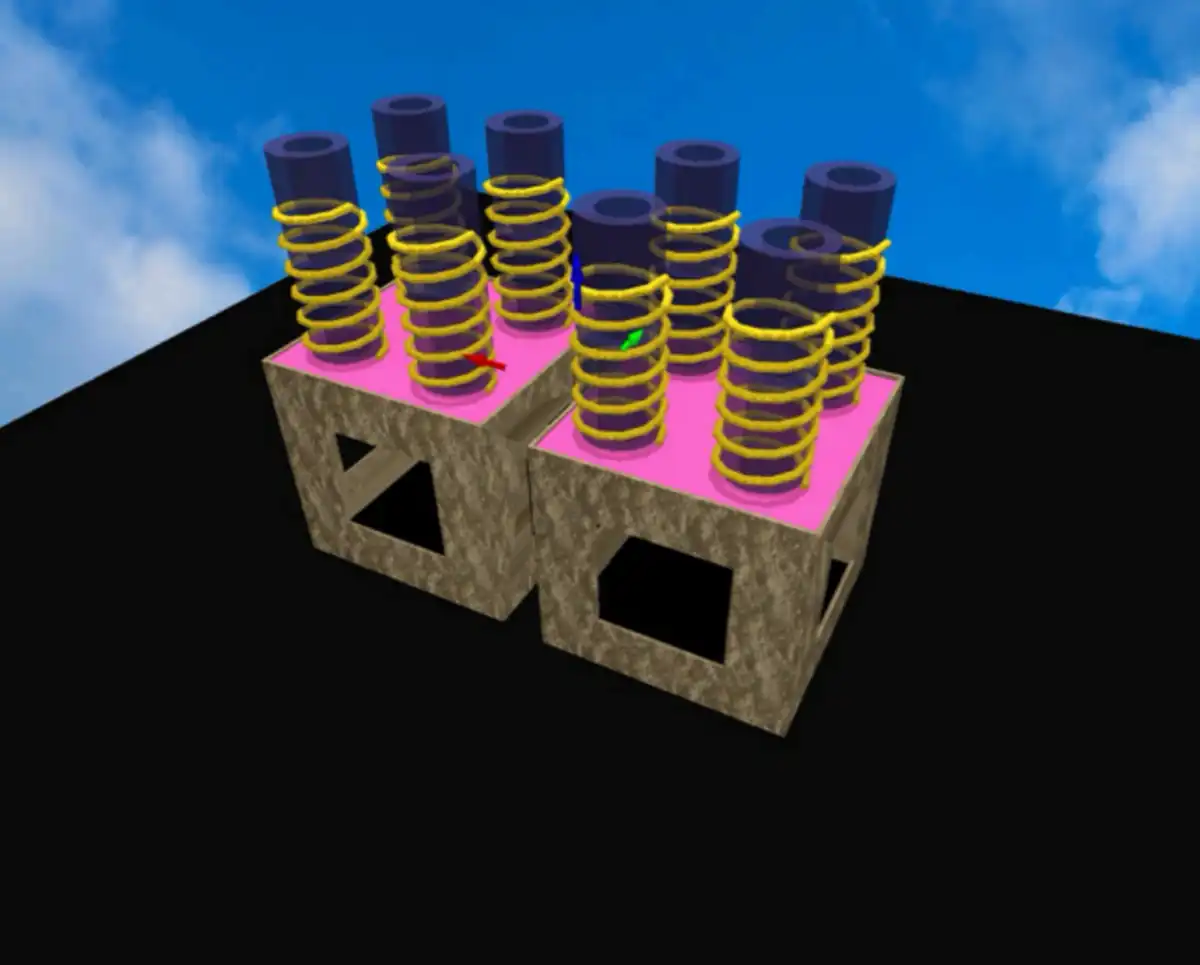
Professor Lawrence Conyers, a professional in geophysical archaeology and ground penetrating radar expert, dismissed the theory of a vast city under the Pyramids as just “a huge exaggeration.” However, he recognized the possibility of the existence of smaller structures, such as shafts and chambers beneath the pyramids, as these sites were of immense importance to the ancient civilization. Hence, according to him, the pyramids could have been built over these existing smaller structures since it is known that in ancient times, Mayans and ancient Mesoamerican civilizations often built pyramids on top of ceremonially significant caves or caverns.
On the other hand, in social media platforms, the research findings have paved the way for another discussion, redefining and understanding the Pyramids as ancient energy systems rather than burial sites, notoriously accepted by significant figures such as Nikola Tesla and Christopher Dunn. The study findings have definitely shaken the world! Isn’t it?
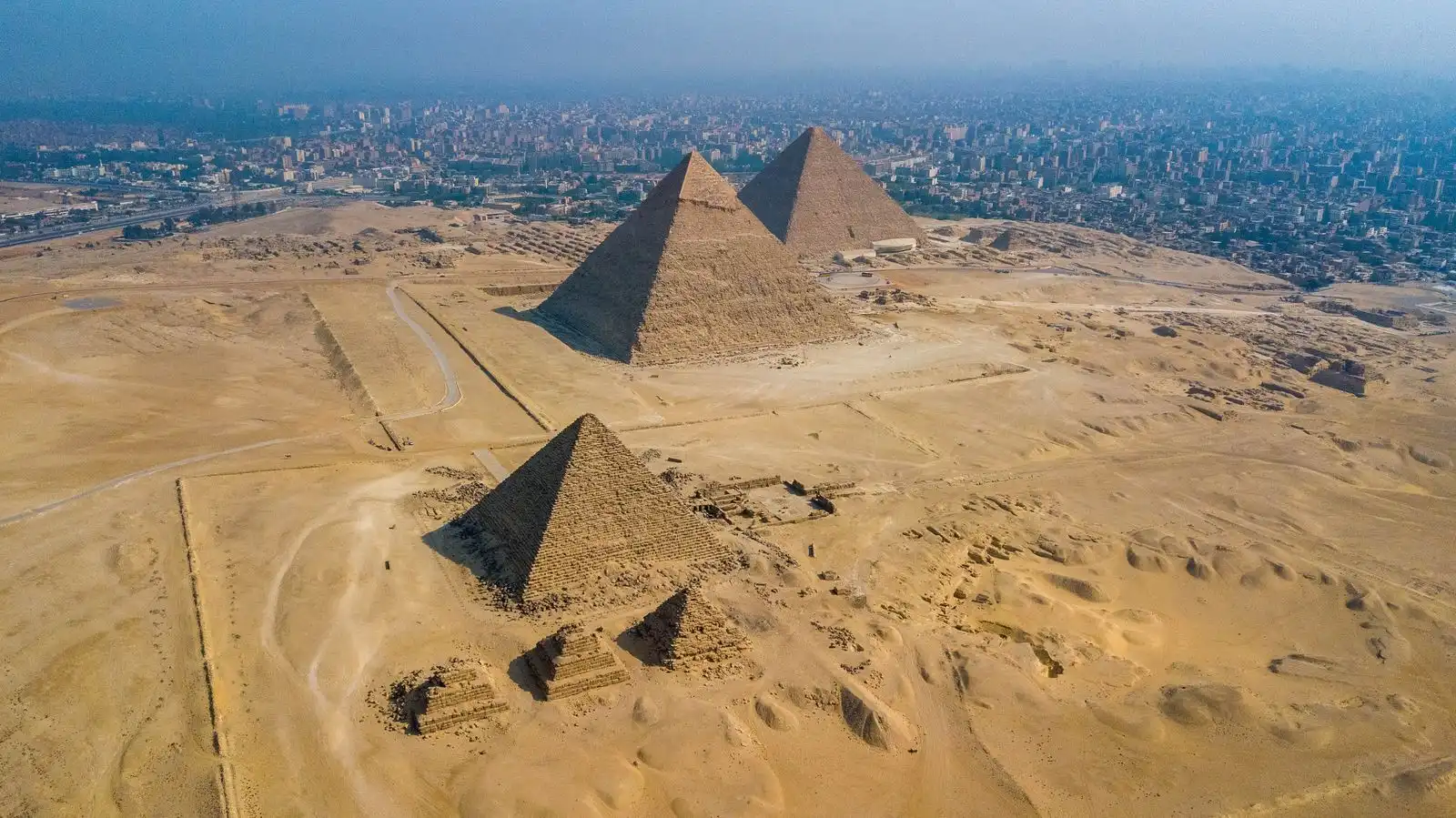
The researchers have not unveiled anything about the function of the newly discovered massive space beneath the Pyramid. But the project’s spokesperson, Nicole Ciccolo, expressed, “the existence of vast chambers beneath the earth’s surface, comparable in size to the pyramids themselves, has a remarkably strong correlation with the legendary Halls of Amenti.”
While the study is still awaiting peer review, and the future plans for further analysis and potential excavation of the site to confirm the substructures that the research revealed are uncertain, Corrado Malanga, leading the project, said: “When we magnify the images [in the future], we will reveal that beneath it lies what can only be described as a true underground city.”
Let us know your comments on the intriguing speculations about the existence of a vast underground city under the ancient wonder of the Pyramids of Giza.


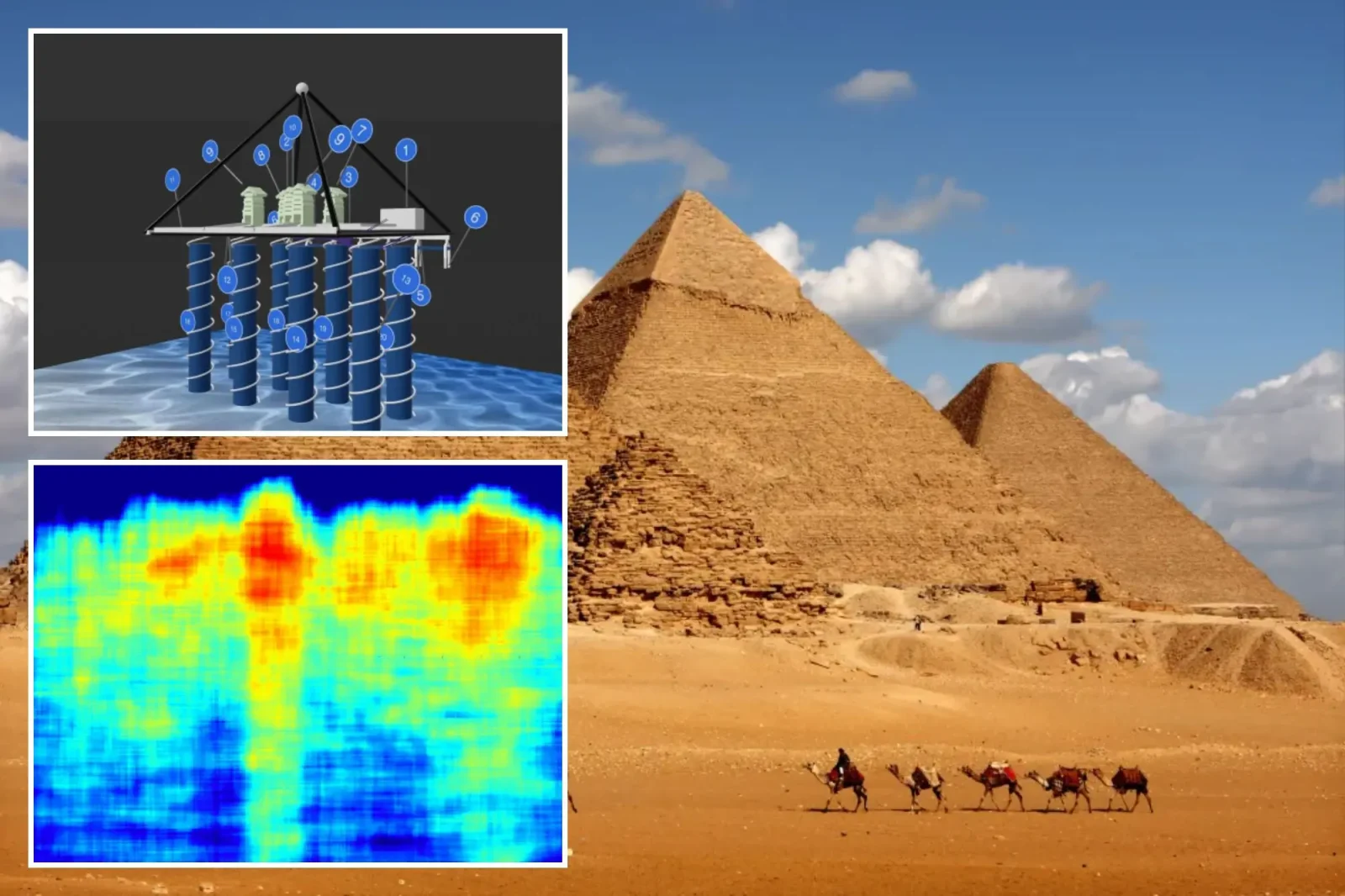








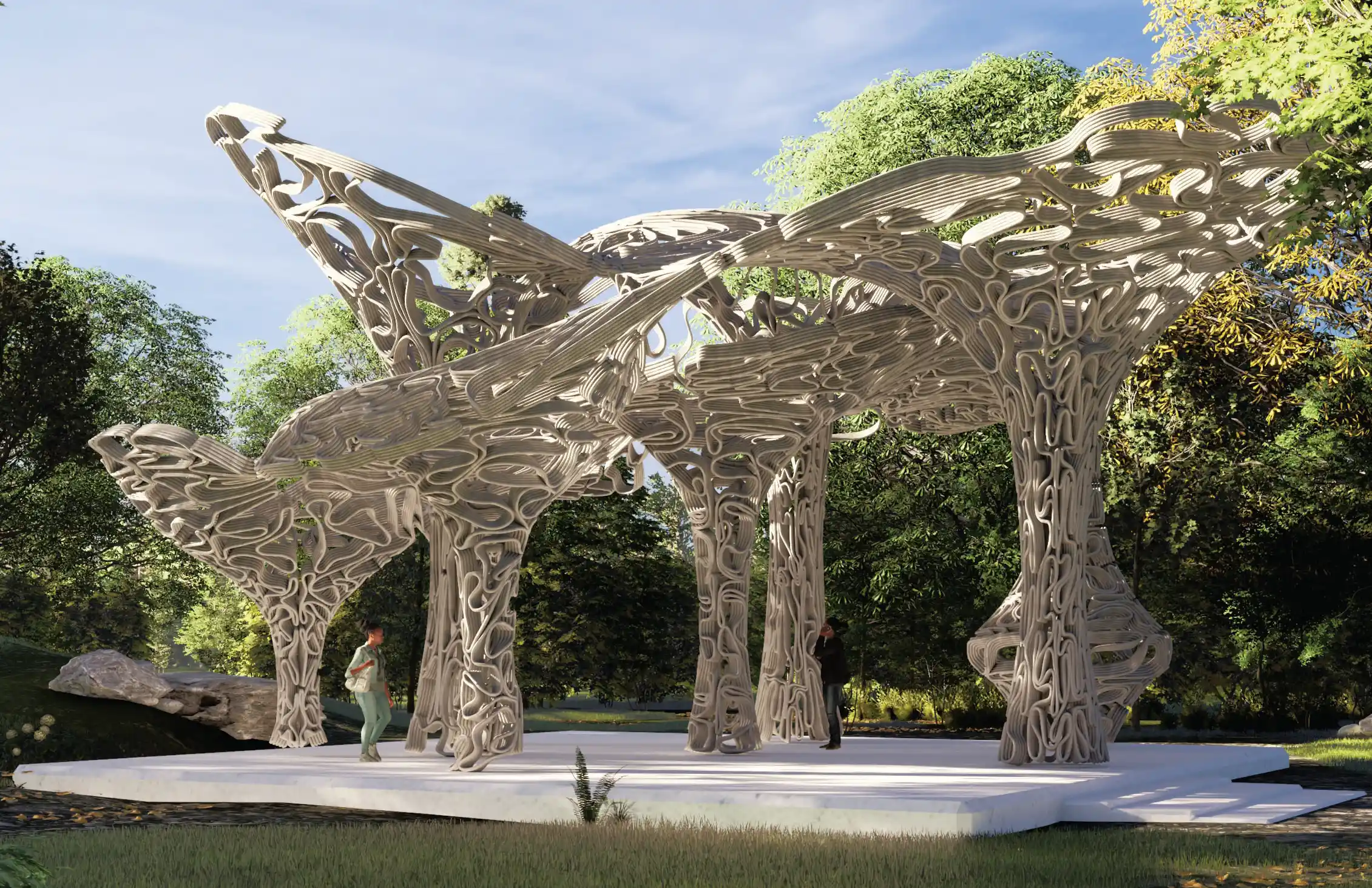










They excavated the stones, built support columns then built the pyramids out of the stones on top.
This creating underground chambers secured by the pyramids.